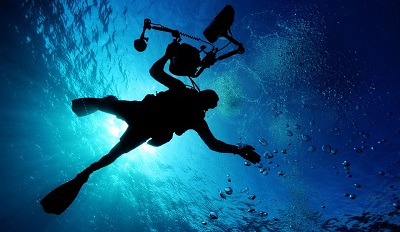Pandora has announced that it is testing out a new type of mobile advertising to better engage its users.
The streaming music platform has said that its new mobile marketing strategy is a “visual ad experience” that involves the use of interactive mobile ads that are also highly visual. According to Pandora Media, the beta version of its new mobile advertising option will feature ads from the automotive industry, including Lexus Dealer Associations, as well as ads from clothing company Express.
The company’s more than 80 million listeners will now have better control over the ads they receive.
Users of the popular streaming music platform, who already have the power to pick and choose the types of music to which they want to listen, will now also be able to have more control over the ads they receive via an intuitive swipe versus tap-to-dismiss functionality, reported The Motley Fool.
 Instead of the previous closable pop-up box, ads will now automatically adjust to fit the size of the phone screen and exist only within the square space that usually displays the album art.
Instead of the previous closable pop-up box, ads will now automatically adjust to fit the size of the phone screen and exist only within the square space that usually displays the album art.
Additionally, the new mobile ad format gives advertisers greater control as well, providing them with the ability to measure listener engagement metrics such as viewability and time spent. Advertisers also have the ability to deliver videos within a responsive display unit. These videos are muted by default when the user is listening to music, but listeners have the option of taping on the video to un-mute it and watch it in full-screen if that is their choice.
The new visual and interactive mobile ads will become available to more advertisers later in 2016.
In a recent blog post from Chris Phillips, Chief Product Officer at Pandora, the CPO said that the company is “setting out to reinvent Pandora’s mobile display ad solution to take better advantage of screen real estate, and features native to our own platform. We’ll also be emphasizing the human need for attention on an ad, which needs to take place before meaningful interaction with brand content can happen.”
The new visual ads will be made up of a series of native, mobile ad formats, according to Pandora. These formats are what help to make rich media, display ads and video more effective and impactful for marketers, the company explained.
Pandora’s full interactive mobile ads program will roll out later this year to all advertisers.

 Just like the Marvel superhero Iron Man, divers will be able to view all the necessary data they need within the helmet, from checking their location to tapping into sonar data. They can keep looking straight ahead instead of having to
Just like the Marvel superhero Iron Man, divers will be able to view all the necessary data they need within the helmet, from checking their location to tapping into sonar data. They can keep looking straight ahead instead of having to 